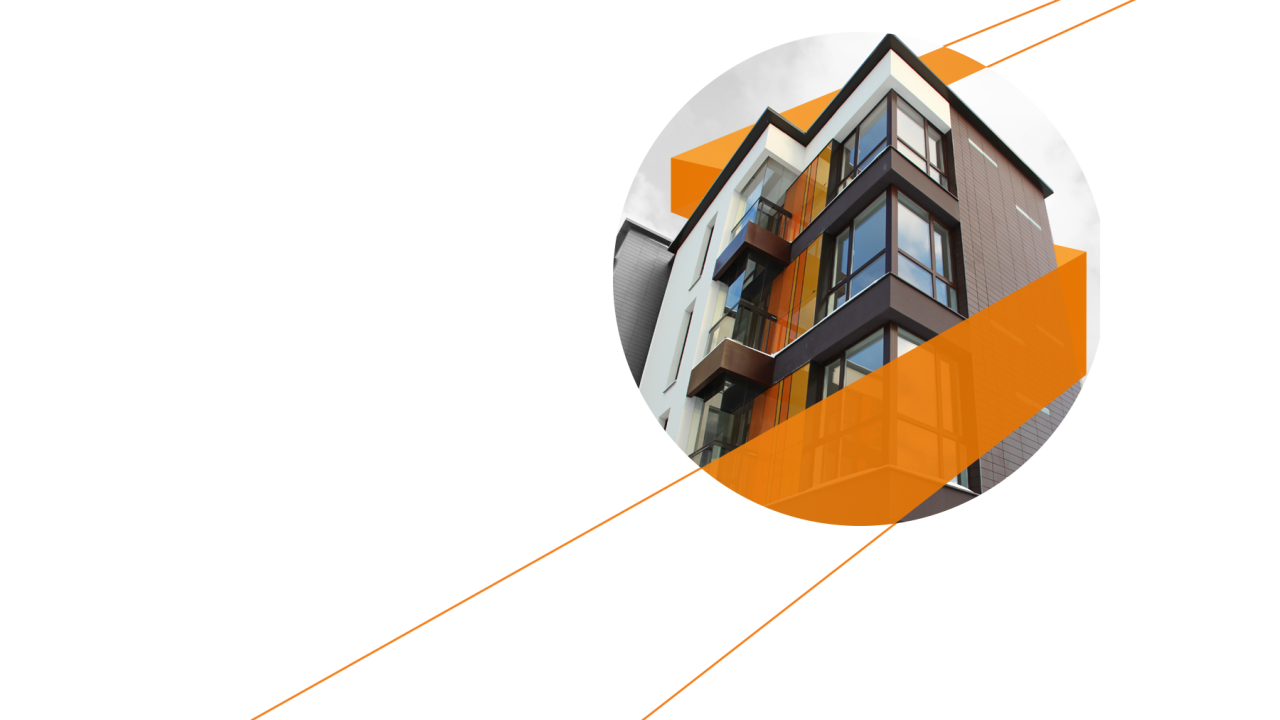Transforming Connectivity: Understanding Multiple Dwelling Units (MDUs) in Networking
Posted on 31 January, 2024 by RUCKUS Networks

Introduction: Multiple Dwelling Units (MDUs) refer to residential buildings or complexes that house multiple individual living units. In the context of networking and telecommunications, MDUs pose unique challenges and opportunities. This article delves into the significance of MDUs in the networking landscape, exploring key considerations and solutions for optimizing connectivity within these multi-unit residential structures.
Definition of Multiple Dwelling Units (MDUs):
MDU encompass residential buildings where multiple households or living units coexist under a single roof.
Examples include apartment buildings, condominiums, townhouses, and other multi-unit housing structures.
Networking Challenges in MDUs:
Density and Congestion: The high population density within MDUs can lead to network congestion, impacting the quality of connectivity.
Structural Interference: Building materials and structures can impede wireless signals, affecting Wi-Fi coverage and reliability.
Diverse Tenant Needs: MDUs often house residents with varied connectivity needs, requiring flexible and scalable networking solutions.
Solutions for MDU Connectivity:
Fiber Optic Infrastructure: Deploying fiber optic cables within MDUs provides high-speed and reliable internet connectivity.
Mesh Wi-Fi Systems: Implementing mesh Wi-Fi systems helps overcome structural barriers and extends coverage throughout the entire building.
5G Connectivity: Integrating 5G technology can offer high-speed wireless connectivity, especially beneficial in urban MDU environments.
Fiber-to-the-Home (FTTH) in MDUs:
FTTH solutions involve bringing fiber optic connectivity directly to individual living units within MDUs.
This approach ensures gigabit-speed internet access, meeting the growing demand for bandwidth-intensive applications.
Smart Building Technologies:
Implementing smart building technologies enhances connectivity and overall resident experience.
Features may include smart access control, integrated intercom systems, and energy management solutions.
Managed Wi-Fi Services:
Offering managed Wi-Fi services within MDUs allows for centralized network management.
This ensures consistent and secure connectivity, with the ability to customize services based on tenant requirements.
In-Building Wireless Solutions:
Deploying in-building wireless solutions, such as Distributed Antenna Systems (DAS), improves cellular connectivity within MDUs.
This is particularly essential for residents who rely on mobile devices for communication.
Collaboration with Internet Service Providers (ISPs):
Partnering with ISPs can bring diverse and competitive connectivity options to MDU residents.
Collaborations may involve offering bundled services, promoting choice, and ensuring a variety of plans to meet different needs.
Community Wi-Fi Networks:
Establishing community Wi-Fi networks fosters collaboration among residents and provides additional connectivity options.
Residents can benefit from shared resources and community-wide coverage.
Future-Ready Infrastructure:
Designing MDU networks with scalability in mind ensures adaptability to future technologies and increasing connectivity demands.
Preparing for the integration of smart home devices, IoT applications, and evolving networking standards positions MDUs for the future.
Conclusion: Navigating the complexities of networking in Multiple Dwelling Units requires a strategic approach that addresses the unique challenges presented by high-density living environments. By leveraging advanced technologies such as fiber optics, 5G, and smart building solutions, MDUs can offer residents robust and future-ready connectivity. Whether through partnerships with ISPs, the deployment of in-building wireless solutions, or the adoption of community Wi-Fi networks, optimizing connectivity in MDUs is essential for meeting the diverse needs of residents and ensuring a connected living experience.
For more info. visit us:
https://www.saurabhbhandari.com
3 August, 2019